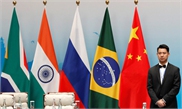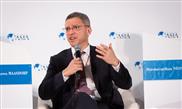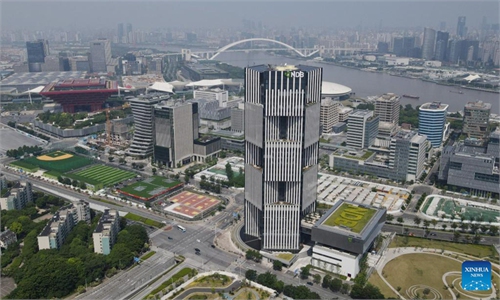BRI's green push to send 'a powerful message to the world' amid climate fight: NDB vice president
China, India to represent 50% of global growth in 2023: NDB vice president
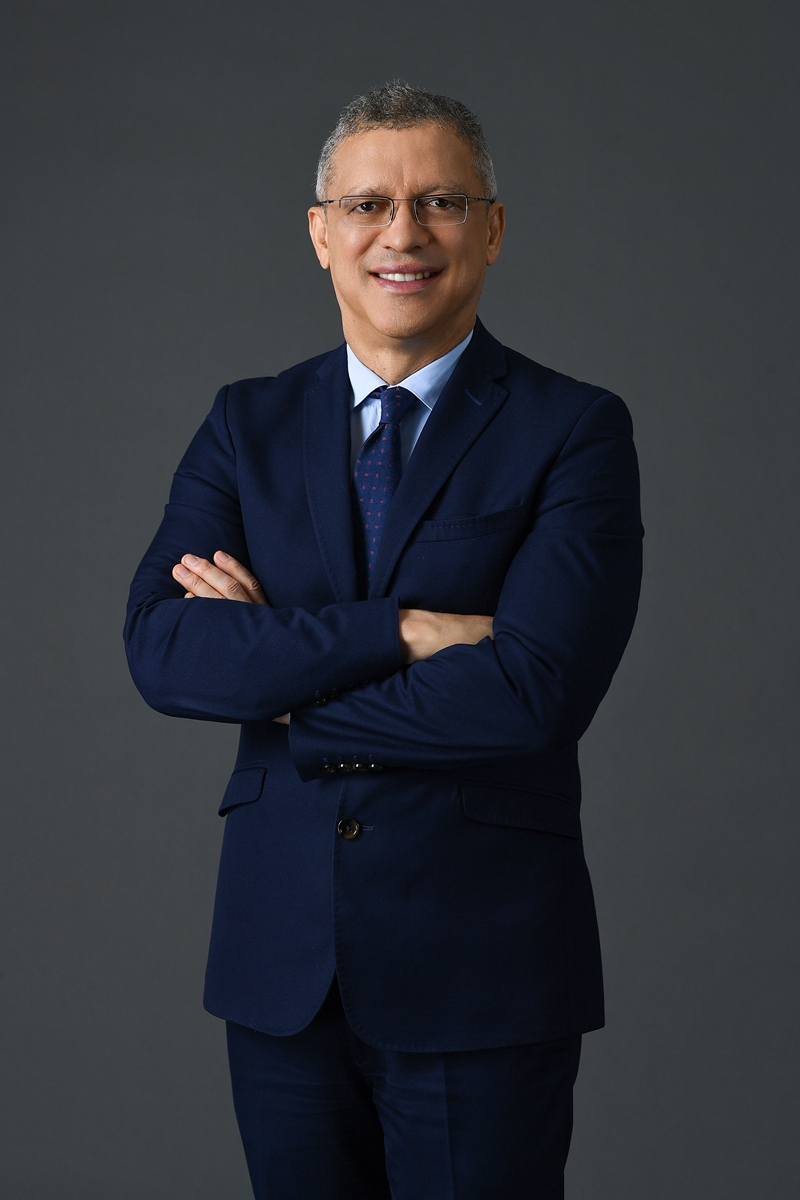
Leslie Maasdorp Photo: Courtesy of NDB
Editor's Note:
This year marks the 10th anniversary of the China-proposed Belt and Road Initiative (BRI), a global cooperation platform that demonstrates China's vision and provides solutions to the reform of the global governance system and multifaceted challenges. Against this backdrop, the Global Times is publishing a series of interviews with renowned scholars, think tanks, and financial institutions, sharing their insights and understanding of how the initiative has earned global recognition and reshaped global development. This is the first installment in the series.
The BRI and BRICS are both global platforms meant to deepen cooperation through consultation and sharing. The aligning of the two mechanisms has led to win-win results and common progress in the last decade. The Global Times reporter Li Xuanmin (GT) conducted an interview with Leslie Maasdorp (M), vice president and chief financial officer of the New Development Bank (NDB). According to Maasdorp, the BRI'S green push is likely to send a powerful message to the world amid the heating global battle against climate change. He also highlighted the growing role of BRICS countries in the global economy, projecting that China and India together are likely to account for 50 percent of global growth in 2023.
GT: What are your expectations for the future development of the China-proposed Belt and Road Initiative (BRI)? How could it facilitate cooperation amongst BRICS countries?
M: On the eve of the 10th anniversary of the BRI, it is important to reflect on the achievements of the program, and what the potential challenges are for the future. The BRI was conceived as an elaborate development strategy to enhance connectivity and economic cooperation across major economic corridors across the continents of Asia, Europe, and Africa. Much has been achieved over the last decade.
In 2019, Chinese policymakers undertook to ensure that BRI investments would be "open, green, and clean." This commitment to transparency, green investments, and sustainability was a critical announcement to counter certain criticism, such as the lack of openness about the nature of the financing between China and recipient countries.
At this time of increasing global efforts and growing momentum in the fight against climate change, China will send a powerful message to the world if the BRI becomes known as the Green Belt and Road Initiative. Signaling that China will commit to financing green and sustainable infrastructure as part of the BRI could enhance the capacity of the investment program to be in line with the efforts by the BRI countries to decarbonize their economies.
The commitment to net-zero (emission) and investment in the BRI should be harmonized as two sides of the same coin. The BRICS countries have committed themselves to this agenda of ensuring that the rollout of infrastructure is done in such a manner that the objective of climate change is addressed at the same time.
GT: How do you view the growth prospects of emerging markets this year, for example, the BRICS countries?
M: The BRICS countries have grown to become engines of global economic growth largely because of the sheer size of China and India's growth over the last decade. China and India together are likely to account for 50 percent of global growth in 2023. The growth projections of BRICS countries vary greatly as each country faces a unique set of domestic economic conditions.
GT: What do you project for the Chinese economy this year? And what is the implication for the world?
M: There is a high degree of consensus that the Chinese economy will rebound to a record economic growth of at least 5 percent in 2023. Many of the leading international financial institutions including the IMF and several global banks have increased their projected growth figures to between 5 percent and 5.4 percent. The earlier-than-expected reopening of the Chinese economy and optimization of the COVID policy has been universally welcomed.
Many of us expect a strong rebound in consumption driven by the pent-up demand from the earlier period. Many analysts expect that economic activity will return to pre-pandemic levels by the second quarter of 2023.
Several sectors are likely to drive this robust economic recovery in 2023. Many sectors will benefit from the downgrading of the COVID response, combined with government incentives and support programs. These sectors range from tourism, healthcare, pharmaceuticals, new-energy vehicles and automobile manufacturing, online shopping, and software development among others.
With regard to online shopping, China's e-commerce market is the largest in the world and consumers will continue to transition from traditional retail to fast-growing online shopping which will stimulate growth. Exports will remain an important growth driver for China in 2023 and in the foreseeable future. The property sector in China has always been a traditional growth engine as it accounts for almost one-fifth of the GDP.
Global growth on the other hand is expected to slow down as most developed economies will face a challenging 2023. The IMF expects the world economy to grow by 2.7 percent in 2023. The robust recovery of the Chinese economy in 2023 will contribute strongly to global growth figures.
GT: In terms of the global economy, what are the main challenges this year? In your opinion, will there be a recession or a financial crisis?
M: The world economy is facing strong headwinds today underpinned by fragile economic conditions in the face of elevated inflation, higher interest rates, a cost of living crisis, and energy shortages and disruptions caused by geopolitical tensions. The combination of these crises could likely push the global economy into a recession.
The estimates from most analysts suggest that the global economy is projected to grow by 1.7 percent in 2023. This is one of the lowest growth rates for the world economy in recent decades. There is a growing consensus of a growth slowdown or outright economic contraction and indeed a recession in 2023. The debate today is more about how sharp or shallow the recession will be, and how long or short the duration is likely to be.
Against this backdrop, policymakers in both the developing world as well as developed countries will face difficult trade-offs in steering their economies through the current crisis and finding the right combination of policies to support a sustainable recovery. The global food and energy crisis and looming debt crisis in many developing countries are testing the limits and capacities of multilateral institutions. Now more than ever, more robust international cooperation is needed to help steer the world economy out of the mounting crises.
GT: What is the NDB's investment plan for this year?
M: To date, the NDB has approved more than $33 billionin infrastructure projects in the BRICS countries. The demand for investment in sustainable infrastructure such as renewable energy, sustainable mobility, energy efficiency, and social infrastructure such as health and education remains robust in all NDB member countries.
In 2023, the NDB will continue to expand its geographic footprint after several new countries joined the founding members of the BRICS. The new countries which have been admitted as members include Bangladesh, the United Arab Emirates, and Egypt. Uruguay is in the process of being admitted. The bank remains focused on its long-term objective to become the development bank of choice for emerging markets.
In its new Five Year Strategy, the NDB aims to increase its commitment to climate finance by up to 40 percent. The deepening of trade, investment, and overall economic ties between the countries of the South will be an enduring vision for the bank.
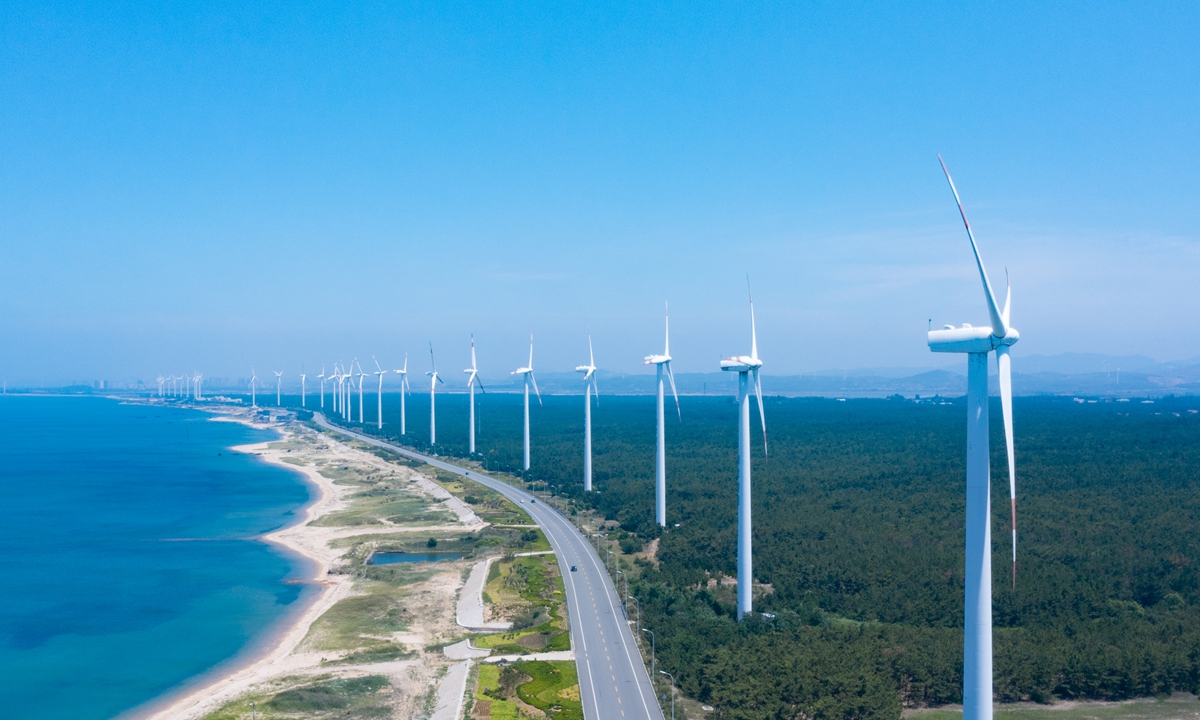
Photo: VCG
GT: What is your evaluation of the yuan's internationalization step so far?
M: Significant efforts were made after the Global Financial Crisis of 2008 which culminated in the inclusion of the yuan into the Special Drawing Rights (SDR) basket of the IMF in 2016. This measure boosted the profile of the yuan as a reserve currency. The overall share of the yuan in the SDR basket increased from 10.92 percent in 2016 to 12.28 percent in 2022, which reflects a rising recognition of the use of the yuan.
It is important to recognize that the internationalization of the yuan is a long-term strategy by the Chinese government. It will therefore take many years to promote global use and full convertibility of the yuan.
I believe though that the internationalization of the yuan will grow steadily and irreversibly over time. To meaningfully accelerate the process, China could further relax capital controls, allow more convertibility, and continue on the path of further financial sector reform.

